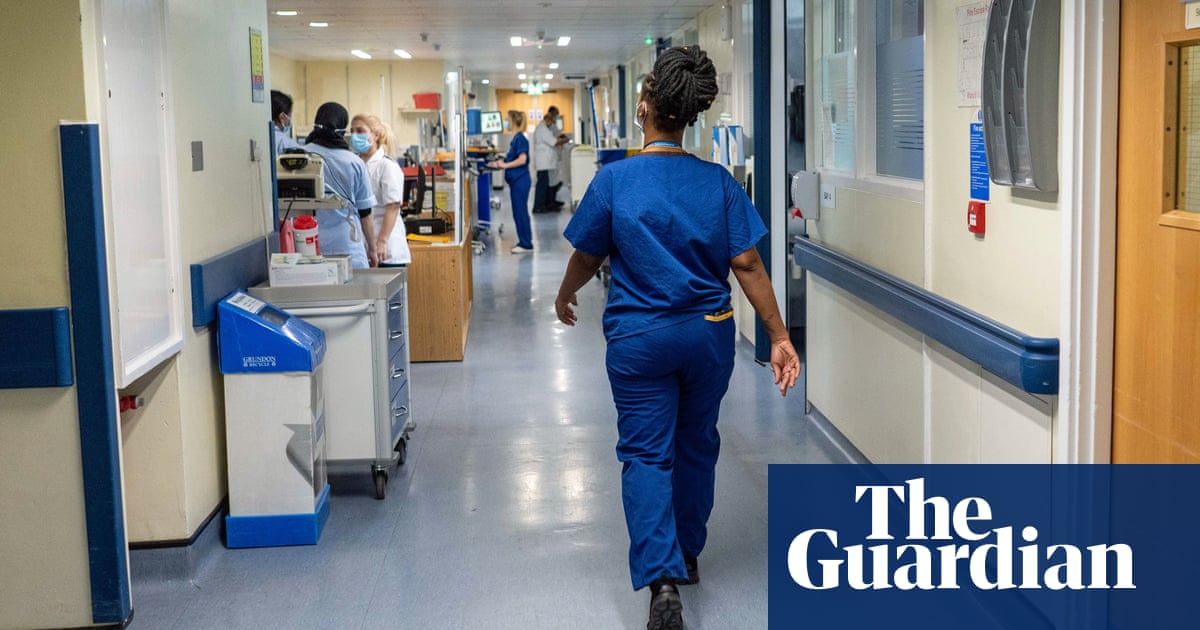
More than 6,000 unaccompanied and separated Rohingya children live in the Cox’s Bazar refugee camps, a recent study revealed
In the past year, 700,000 Rohingya, including at least 370,000 children, have arrived in Cox’s Bazar
DHAKA: One in two Rohingya children who fled to Bangladesh without their parents was left orphaned by the brutal violence, according to Save the Children.
The international charity based its claim on research released to mark the first anniversary of the Rohingya exodus to Bangladesh.
According to the Bangladesh-based Inter Sector Coordination Group (ISCG), more than 6,000 unaccompanied and separated Rohingya children are living in Cox’s Bazar refugee camps, where they face crippling food shortages, and are at risk of exploitation and abuse.
The charity’s study, involving 139 unaccompanied and separated Rohingya children, is the largest of its type in Cox’s Bazar since the brutal military crackdown in Myanmar a year ago.
Child protection workers in the camps previously had thought most of these children had simply lost contact with parents or carers in the chaos of their journey to Bangladesh, but the research suggests otherwise.
Seventy percent of children covered by the study were separated from parents or main carers by violent attacks, while 63 percent were separated during a direct assault on their village and 9 percent as their family attempted to flee to Bangladesh.
Half said their parents or main carers had been killed in the attacks, leaving them orphaned, with many witnessing scenes of brutal violence.
The shocking outcome of the survey created huge concern among aid workers and authorities in Bangladesh.
Mark Pierce, Save the Children’s country director in Bangladesh, warned the orphaned children were vulnerable to abuse, exploitation, neglect and violence. They were also more likely to be forced into child marriage, underage labor and human trafficking.
“To mitigate these risks, on top of our case management program, we also run child-friendly spaces, where children can go to play and make friends, and just be like children should be. Our staff are also able to identify children showing particular signs of distress — maybe they are aggressive, withdrawn or clingy — and provide them with care and support,” Pierce told Arab News.
To protect these orphans, Save the Children is running awareness sessions with community leaders, parents and children.
“We have established strong community-based networks such as child protection committees and adolescent groups to ensure at-risk children are referred to the appropriate services,” he said.
Pierce urged the international community to provide more financial support to ensure a sustainable future for these orphans.
“The international community must step up and find a long-lasting solution to the crisis that allows for the safe, dignified and voluntary repatriation of Rohingya refugees, which respects the basic rights of children and their families and is underpinned by international law,” he said.
Many of these orphans are now living with relatives or neighbors. The Bangladesh government has taken a special initiative to ease the burden on foster parents.
“Since last June, each foster family receives $25 per month in aid from Bangladesh government,” Nazimuddin, assistant director of the Social Service Department of Cox’s Bazar, told Arab News.
Almost 3,000 orphan children benefited from the aid program.
Bangladesh planned to extend the safety network for Rohingya orphans, Nazimuddin said.
“We plan to increase the number of beneficiaries of this program, bringing about 13,000-16,000 Rohingya orphans under this social safety umbrella,” he said.
Since Aug. 25, 2017, more than 700,000 Rohingya have arrived in Cox’s Bazar, including at least 370,000 children, following a brutal military crackdown after Myanmar police border posts were attacked.












